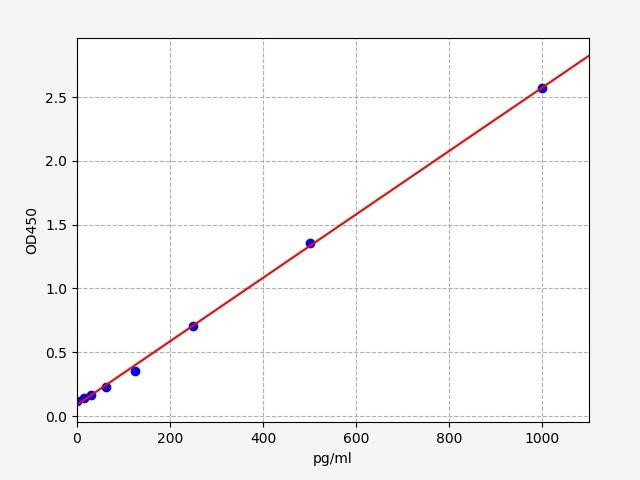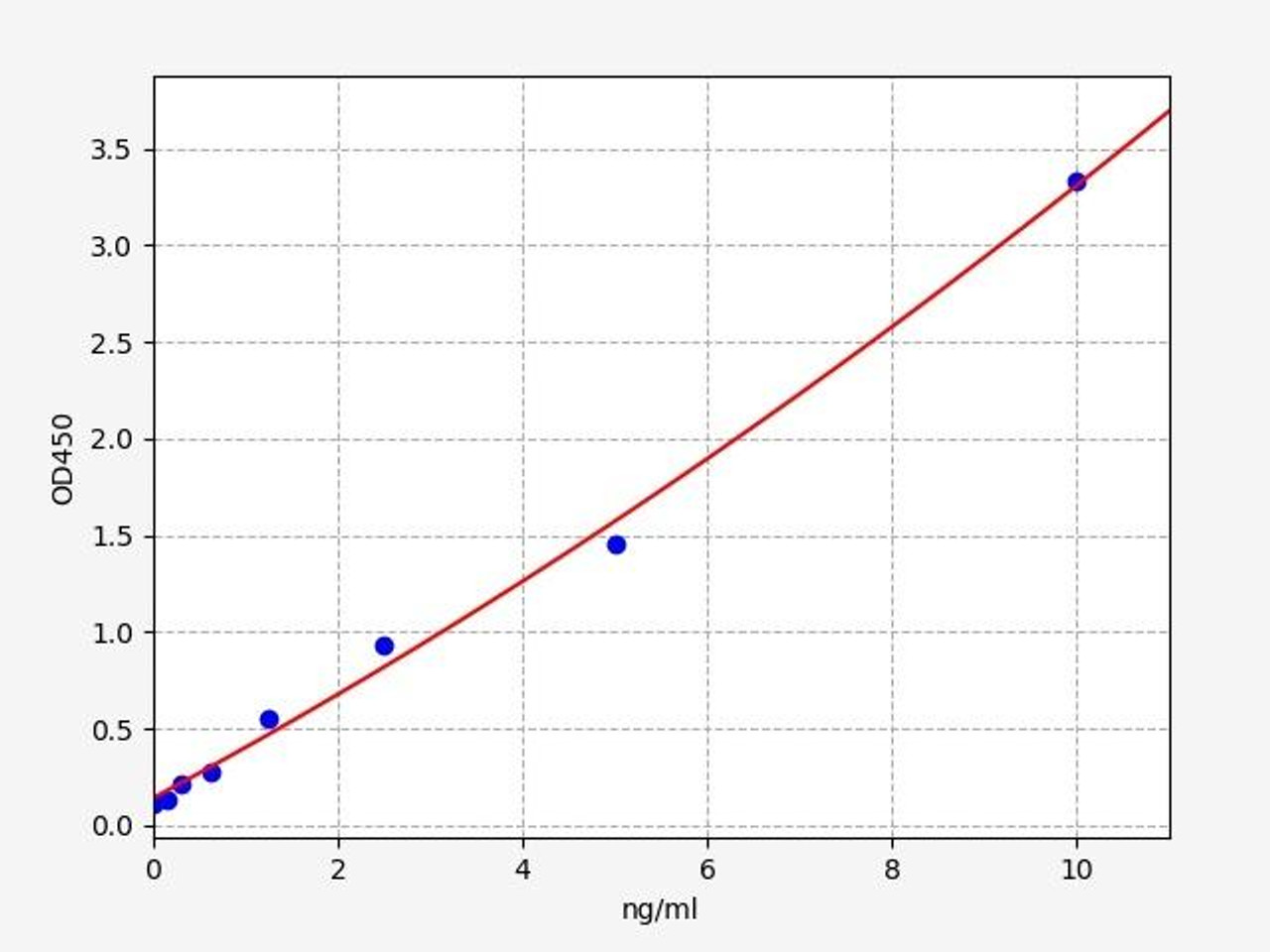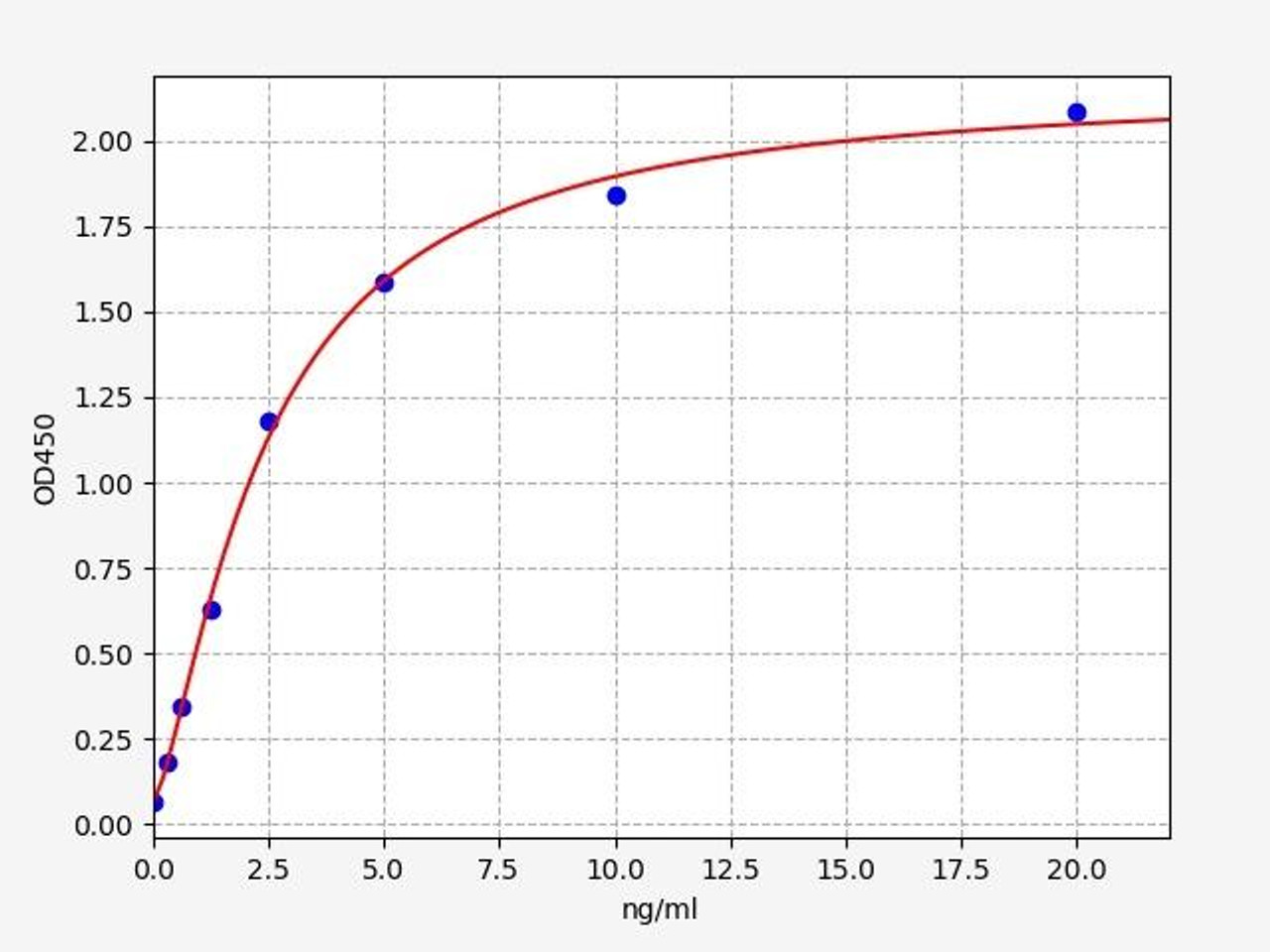Schwann Cells: Specialized Cells that Support Nerve Function
Schwann cells are cells that play a vital role in nerve function. They are responsible for myelinating axons and helping to ensure the transmission of electrical signals between neurons. Schwann cells also have an important role in nerve regeneration. In this guide, we will take a closer look at the structure and function of Schwann cells, as well as some of the key marker proteins involved in their differentiation. By understanding more about these cells, we can gain insights into the causes of neurodegenerative diseases and potentially develop new treatment approaches.
Key Takeaways:
- Schwann cells are crucial for nerve function, particularly in myelinating axons.
- They assist in signal transmission, nerve regeneration, and secrete growth factors.
- Schwann cells can differentiate into other cell types and support neurons.
- Key markers in Schwann cells are linked to diseases like Charcot-Marie-Tooth.
- Their role in neurodegenerative diseases offers potential for new treatments.
What are Schwann cells?
Schwann cells play a crucial role in supporting nerve function by forming the myelin sheath around nerve fibers in the peripheral nervous system. This specialized wrapping process involves Schwann cells enveloping the nerve fiber multiple times, creating several layers of myelin. The myelin sheath acts as an insulating layer, significantly increasing the speed and efficiency of nerve signal transmission.
Named after the scientist Theodor Schwann, who first described them in 1839, Schwann cells share similarities with oligodendrocytes, another type of glial cell found in the central nervous system. Both Schwann cells and oligodendrocytes are involved in myelination; however, they exhibit key differences in their mechanisms.
Unlike Schwann cells, which wrap around the nerve fiber multiple times, oligodendrocytes extend processes that ensheath multiple nerve fibers, providing myelination to multiple axons simultaneously. Additionally, one notable advantage of Schwann cells is their regenerative ability. When nerve fibers are damaged, Schwann cells can participate in the regeneration process, assisting in the repair and regrowth of damaged nerve tissue. Furthermore, Schwann cells display a unique capacity for differentiation. They can transform into other cell types, such as satellite cells, which support neurons in ganglia, and astrocytes, which play various essential roles in the central nervous system. This multi-functional aspect of Schwann cells highlights their significance in maintaining overall nervous system health and functionality.
Schwann Cells Related ELISA Kits
Related Products

| Human beta-NGF / Beta nerve growth factor ELISA Kit | |
|---|---|
| ELISA Type | Sandwich ELISA, Double Antibody |
| Sensitivity | 9.375pg/ml |
| Range | 15.625-1000pg/ml |
NGF is essential for the development and function of the nervous system. Researchers use the beta NGF ELISA kit to study the role of NGF in various neurological conditions and diseases, such as Alzheimer's disease, Parkinson's disease, and peripheral neuropathies.

| Human MBP(myelin basic protein) ELISA Kit | |
|---|---|
| ELISA Type | Sandwich ELISA, Double Antibody |
| Sensitivity | 0.094ng/ml |
| Range | 0.156-10ng/ml |
MBP(myelin basic protein) is a major constituent of the myelin sheath of oligodendrocytes and Schwann cells in the nervous system. MBP(myelin basic protein) is conserved across species and plays a role in the early developing brain. MBP(myelin basic protein) causes remyelination of axons, and is also be involved in signaling pathways in T-cells and neural cells. MBP(myelin basic protein) might have an important role in the pathogenesis of demyelinating disease and secondary progressive multiple sclerosis.

| Human GFAP ELISA Kit | |
|---|---|
| ELISA Type | Sandwich ELISA, Double Antibody |
| Sensitivity | 0.188ng/ml |
| Range | 0.313-20ng/ml |
GFAP (Glial Fibrillary Acidic Protein) is a protein found in the cytoskeleton of astrocytes, and is commonly used as a marker for gliomas. Astrocytes are star-shaped cells that support and protect neurons in the brain. Gliomas are tumors that form from the glial cells in the brain. GFAP is a protein found in the cytoskeleton of astrocytes, and is commonly used as a marker for gliomas. Diseases associated with GFAP include Alexander Disease and Central Neurocytoma.
Structure of Schwann cells
Schwann cells, also known as neurolemmocytes, play a crucial role in the peripheral nervous system. These elongated, spindle-shaped cells are responsible for supporting and insulating nerve fibers, enabling efficient signal transmission. Their distinctive cigar-shaped morphology allows them to wrap around nerve axons, forming myelin sheaths.
Each Schwann cell contains a single nucleus and exhibits a complex network of cytoplasmic processes extending from the cell body. These processes are essential for their function in myelination. Measuring up to 20 micrometers in diameter, Schwann cells are relatively large in comparison to other neural cells. This size allows them to cover long stretches of nerve fibers. The abundance of mitochondria within Schwann cells reflects their high-energy demand due to their involvement in myelin production and maintenance. Moreover, the cytoplasm of Schwann cells is rich in lipids and proteins, crucial components required for synthesizing the myelin sheath.
Another notable feature of Schwann cells is their significant glycogen storage. Glycogen serves as an essential energy reservoir, ensuring the cell's capability to support nerve fibers and respond to varying energy demands effectively.
Structure of a Schwann Cell
Functions of Schwann cells
Schwann cells play a number of vital roles in the peripheral nervous system. In addition to their major role in myelination and nerve regeneration, Schwann cells also have other functions including providing trophic support to neurons, phagocytosing debris and pathogens, producing extracellular matrix proteins and secreting neurotrophic factors.
- Myelination: Myelin is a fatty substance that coats the axon, forming a sheath that helps to insulate and protect the neuron. Schwann cells are responsible for producing myelin, and they do this by wrapping their processes around the axon multiple times. This process is known as oligodendrocyte fusion or Schwann cell wrapping. The resulting structure is called a myelin sheath. The role of Schwann cells in myelination is essential for ensuring the efficient transmission of nerve impulses. Schwann cells can myelinate axons up to a diameter of 0.05 mm, which is significantly larger than the diameter of an unmyelinated axon (which is around 0.002 mm).
- Signal transmission: Schwann cells play an important role in signal transmission between neurons. They form synapses with nearby neurons and secrete a variety of neurotransmitters, including glutamate and acetylcholine. These neurotransmitters help to relay electrical signals from one neuron to another. Schwann cells help to transmit electrical signals between neurons by forming gap junctions, which allow the transmission of ions (such as potassium and sodium) and small molecules between adjacent cells. This is important for allowing neurons to communicate with each other.
- Nerve regeneration: One of the most important functions of Schwann cells is their role in nerve regeneration. When a nerve is damaged, Schwann cells are activated and begin to proliferate. Schwann cells are one of the first cell types to migrate to the site of injury and help to guide the growth of new axons. They secrete growth factors that promote the regeneration of axons and help to repair the damage.
Schwann cells promote the growth and differentiation of new neurites, and help to rebuild the damaged neural network after an injury. Schwann cells are also involved in other aspects of nerve function, including synaptic transmission and plasticity. Schwann cells also regulate the activity of immune cells in the peripheral nervous system by secreting cytokines and chemokines.
Schwann cell markers and associated diseases
There are a number of key marker proteins involved in Schwann cell differentiation, these proteins are essential for the development and maintenance of the myelin sheath around axons. Mutations in any of these genes can lead to defects in Schwann cell development and myelination. Mutations in the S100B gene have been associated with demyelinating diseases such as Charcot-Marie-Tooth disease type I. Mutations in the p75NTR gene have been associated with demyelinating diseases such as Charcot-Marie-Tooth disease type II. Mutations in the Sox-11 gene have been associated with schwannomatosis, a disorder characterized by the growth of benign tumors (schwannomas) in the nervous system. Mutations in the Sox-18 gene have been associated with demyelinating diseases such as Charcot-Marie-Tooth disease type IV. Mutations in the P0 gene have been associated with demyelinating diseases such as Charcot-Marie-Tooth disease type I.
Schwann cells are a potential target for the treatment of neurodegenerative diseases. Schwann cell-derived neurotrophic factors (SCDFs) have been shown to be beneficial in animal models of neurodegenerative disease. So far, GDNF and Neurturin are the most promising SCDFs for the treatment of neurodegenerative diseases. However, further research is needed to determine whether this approach is safe and effective in humans.
Types of Schwann Cells Markers
| Types | Description |
| Involved in the migration and proliferation of Schwann cells, as well as their differentiation into mature myelinating cells. | |
| Involved in the migration and proliferation of Schwann cells, as well as their differentiation into mature myelinating cells. | |
| Involved in the migration and proliferation of Schwann cells, as well as their differentiation into mature myelinating cells. | |
| Involved in the development of the myelin sheath | |
| Involved in the development and maintenance of myelin sheaths. | |
| A transcription factor involved in the development of Schwann cells | |
| A transcription factor involved in the development of Schwann cells | |
| Involved in regulating Schwann cell proliferation, migration, and differentiation. | |
| Involved in the development and maintenance of myelin sheaths | |
| Most promising SCDFs for the treatment of neurodegenerative diseases |
Written by Pragna Krishnapur
Pragna Krishnapur completed her bachelor degree in Biotechnology Engineering in Visvesvaraya Technological University before completing her masters in Biotechnology at University College Dublin.
Recent Posts
-
Enavatuzumab: Revolutionizing Cancer Research Through Novel Therapeutics
Quick Facts About EnavatuzumabWhat is Enavatuzumab?Enavatuzumab is a monoclonal antibo …17th Dec 2025 -
Alemtuzumab: Mechanism, Applications, and Biosimilar Advancements
Quick Facts About AlemtuzumabWhat is Alemtuzumab?Alemtuzumab is a monoclonal antibody …17th Dec 2025 -
Erenumab: Transforming Migraine Prevention Through CGRP Receptor Inhibition
Quick Facts About ErenumabWhat is Erenumab?Erenumab is a fully human monoclonal antibo …1st Apr 2025



